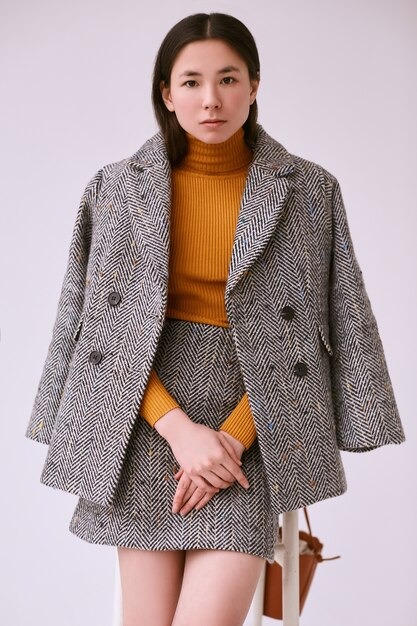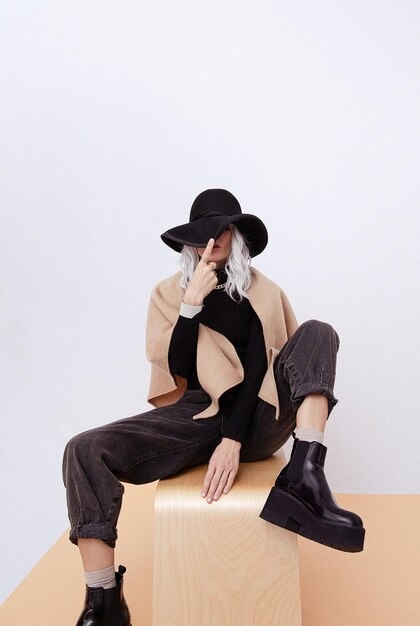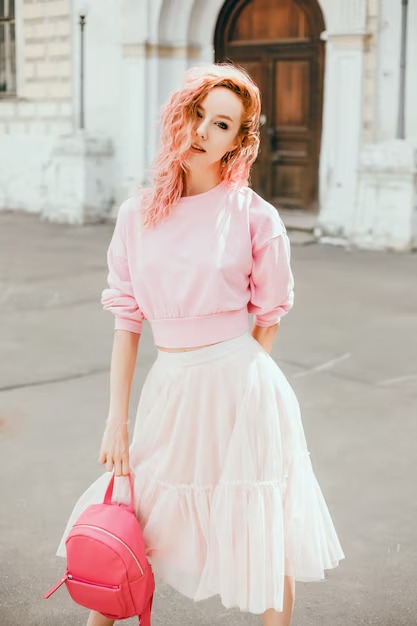How to Avoid Common Fashion Pitfalls
Fashion is a powerful form of self-expression, but even the most stylish individuals can fall into common traps that undermine their look. Whether it’s ill-fitting clothes, mismatched colors, or seasonal missteps, these mistakes can detract from your personal style. Here’s how to sidestep the most frequent fashion pitfalls and elevate your wardrobe with confidence.
1. Ignoring Fit and Proportion
One of the biggest mistakes in fashion is wearing clothes that don’t fit properly. Too tight, too loose, or poorly proportioned garments can make even high-end pieces look sloppy.
How to Avoid It:
- Know your measurements: Regularly update your measurements, as bodies change over time. A well-tailored outfit starts with accurate numbers.
- Prioritize alterations: Off-the-rack clothing rarely fits perfectly. Invest in a good tailor to adjust hems, waists, and sleeves for a polished finish.
- Balance proportions: Pair loose tops with fitted bottoms, or vice versa, to create a harmonious silhouette.
Example: A baggy blazer can overwhelm a petite frame, while skinny jeans might look unbalanced with a boxy sweater. Adjusting these proportions ensures a cohesive look.
2. Overlooking Fabric Quality
Cheap, synthetic fabrics may save money upfront, but they often lack durability and drape poorly, leading to a less refined appearance.
How to Avoid It:
- Opt for natural fibers: Cotton, wool, silk, and linen breathe better and age gracefully compared to polyester or rayon.
- Check the weave: Tightly woven fabrics resist pilling and stretching, ensuring longevity.
- Feel before buying: Run your hand over the material—if it feels rough or flimsy, it’s likely to lose shape quickly.
Example: A $20 polyester blouse may seem like a steal, but after a few washes, it could fade and pill, while a slightly pricier cotton version stays crisp for years.
3. Clashing Colors and Patterns
While bold combinations can work, haphazardly mixing colors and prints often results in visual chaos rather than intentional style.
How to Avoid It:
- Stick to a color palette: Choose complementary or monochromatic shades for a cohesive outfit.
- Limit patterns: If wearing prints, balance them with solid colors to avoid overwhelming the eye.
- Use the color wheel: Analogous colors (next to each other on the wheel) or complementary colors (opposites) create harmony.
Example: Pairing a striped shirt with floral pants can clash, but matching a plaid blazer with a neutral turtleneck keeps the look grounded.
4. Neglecting Seasonal Appropriateness
Wearing summer fabrics in winter or heavy layers in heat isn’t just uncomfortable—it can also make an outfit look out of place.
How to Avoid It:
- Layer strategically: In transitional weather, use lightweight layers like cardigans or trench coats that adapt to temperature changes.
- Follow fabric guidelines: Linen and cotton for summer; wool and cashmere for winter.
- Consider footwear: Open-toe shoes in snow or boots in scorching heat send mixed signals.
Example: A chunky knit sweater in July will look out of touch, just as a breezy sundress in December misses the mark.
5. Over-Accessorizing
Accessories should enhance an outfit, not compete with it. Piling on too many statement pieces can distract from your overall look.
How to Avoid It:
- Follow the ‘one statement’ rule: If wearing bold earrings, skip a chunky necklace, or vice versa.
- Edit before leaving: Put on all intended accessories, then remove one item for balance.
- Match metals: Mixing gold and silver can look unintentional unless done deliberately.
Example: A stack of bracelets, oversized sunglasses, and a large handbag with a patterned dress can feel chaotic. Streamlining to one focal point keeps the look intentional.
6. Falling for Fast Fashion Trends
While trendy pieces can be fun, over-relying on disposable fashion leads to a cluttered closet and wasteful spending.
How to Avoid It:
- Invest in timeless staples: A well-cut blazer, tailored trousers, and a little black dress never go out of style.
- Limit trend purchases: If trying a fad, opt for one affordable piece rather than overhauling your wardrobe.
- Focus on versatility: Ask if a trendy item can be styled multiple ways before buying.
Example: Instead of buying five cheap neon tops, choose one in a flattering shade that pairs with existing neutrals.
Final Thoughts
Fashion pitfalls are easy to stumble into, but with mindful choices, they’re just as easy to avoid. By prioritizing fit, fabric, and balance—while staying true to your personal style—you can build a wardrobe that looks polished and feels authentic. Remember, the best-dressed individuals aren’t those who follow every trend, but those who understand what works for them.
Practical Steps to Streamline Your Workflow
Efficiency isn’t just about tools—it’s about habits. Start by auditing your current process: track how much time you spend on repetitive tasks like formatting, media uploads, or plugin updates. Identify bottlenecks, then experiment with solutions like batch processing or keyboard shortcuts. For example, many seasoned creators dedicate one day a week solely to content batching, using tools like reusable blocks or custom CSS snippets to maintain consistency.



